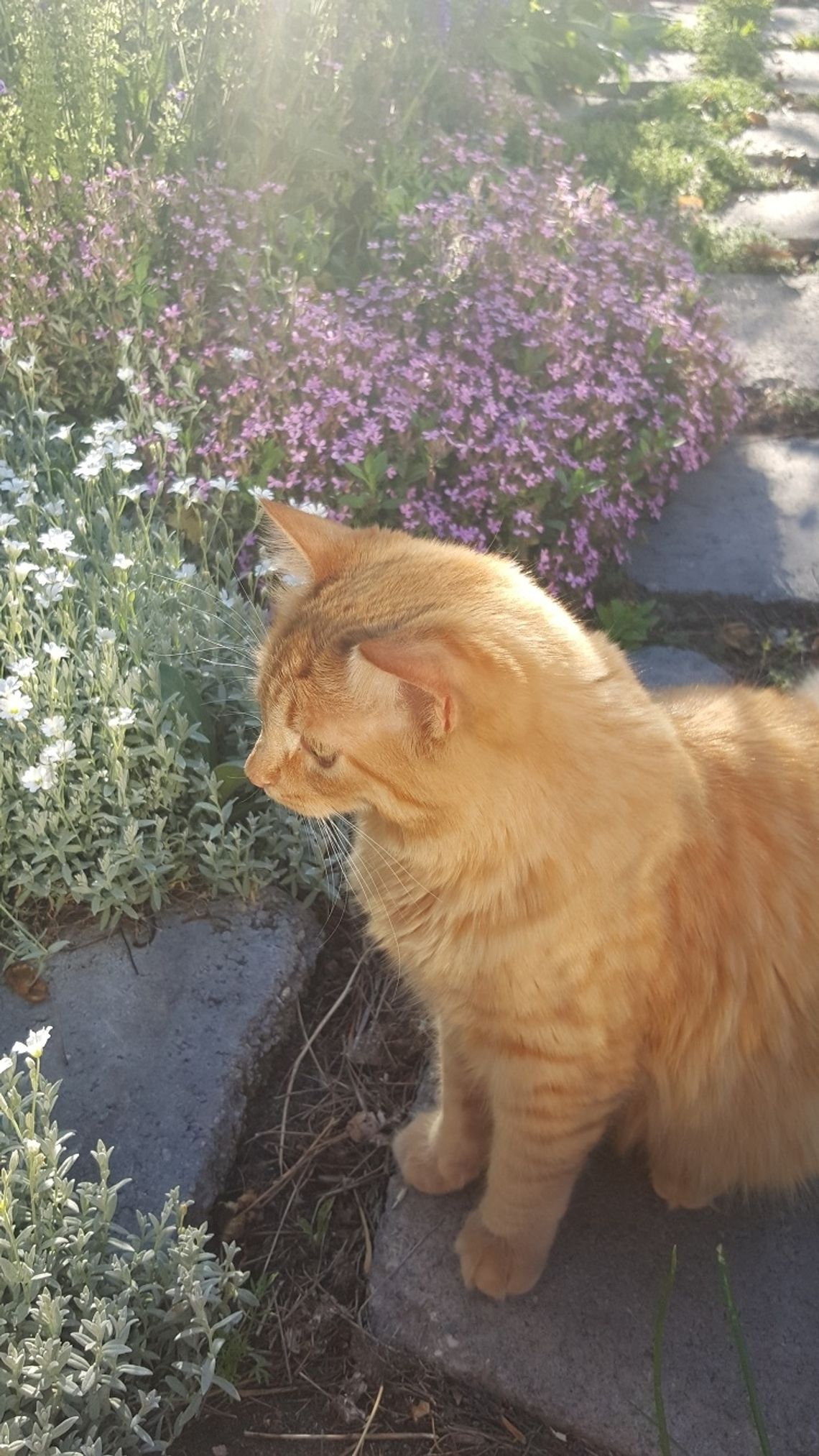I often find myself in plant conversations saying, “You can eat that plant.” This week, let me introduce you to a plant you can use to keep your botanical conversation interesting by saying, “you can wash your delicates with that plant.”
The genus Saponaria is considered an old-world perennial. It is a relatively small genus, containing only 20 or so species. If you are a soap maker, a chemist, or a Latin speaker you might recognize the root “sapon” meaning soap. Saponins in these plants make them natural latherers. Saponaria officials is probably the most recognized plant in the genus. Common names include Bouncing Bet, Wild Sweet William, Lady’s Washbowl, and Latheroot. In texts from the Middle Ages it was often called, “Herb a foulon” or Fuller’s Herb. A fuller is one who works with a cloth. Typically, soapworts are very easy to grow and can stand some drought and neglect. They have very few pests or diseases and are deer-proof. The plants are upright and have straight stems with no side branches. I think they would be an attractive cottage garden look if planted in a kill strip in town. Bouncing Bet spreads mostly by rhizomes and can form a sizable, naturalized colony fairly quickly. With regular deadheading, you can expect whitish-pink clusters of fragrant flowers that bloom most strongly at night. This feature makes them a strong candidate for a moon-themed garden. Lore says in days long past, it was planted around judiciously in cities to help mask the smells of bad sanitation. The Phlox-looking flowers only last only a few days but are attractive to butterflies and moths.
As I mentioned, the saponin in these plants helps them to form bubbles easily with gentle agitating. You can make a simple, mild detergent that has been used for centuries and is quite effective at removing oils. The Romans used it to bathe sheep before shearing. Colonists favored it as well and bought it with them from its origins in Europe. It is reportedly still used by museums to wash delicate textiles. You can also find recipes to make shampoo and body wash for treating skin ailments. As with all plants, some individuals may experience an adverse reaction, you might test it out sparingly at first. I plan on potting up a few for the Green Goddess Market and Seedling Sale happening this year here in town at the Churchill Arts Council on Saturday, May 14. If you’re interested in having a booth at the event please email the market manager, Amanda Hammond at [email protected].
To make up a batch of soap for delicate clothes or textiles, try adding about 12 leafy stems to a pint of water. Boil for about 30 minutes. Strain and bottle. Because the soap contains no preservatives, it does not last much more than a week. You can dry leaves, roots, and stems to make fresh soap during the winter. The product has a smell that is reminiscent of spinach. If you aren’t striving for a Popeye persona, you can add a few drops of essential oil, or dried flowers if you prefer. Soapworts are not a plant you would necessarily want to ingest. Insert all ‘wash your mouth out with soap’ jokes here. That being said, it is grown commercially for beer production. Helps with the suds.
My favorite plant in the genus is Saponaria ocymoides, seen in the photo with our landscape manager, Johnny Cat. You can commonly find it just referred to as soapwort. It is an easy to grow, vigorous pink ground cover. Great for a rock garden or pathway as it is lightly stepable. Deadhead flowers for continuous bloom. If you can’t find it locally, High Country Gardens online seems to always have it in stock.
Finally, I should note saponins are poisonous to fish, so please avoid planting any of this genus around a pond or waterway.
Jaime Sammons carries a pair of pruners in her glove box – just in case, and believes you can be a gardener even with a single plant container on your porch.











































Comment
Comments